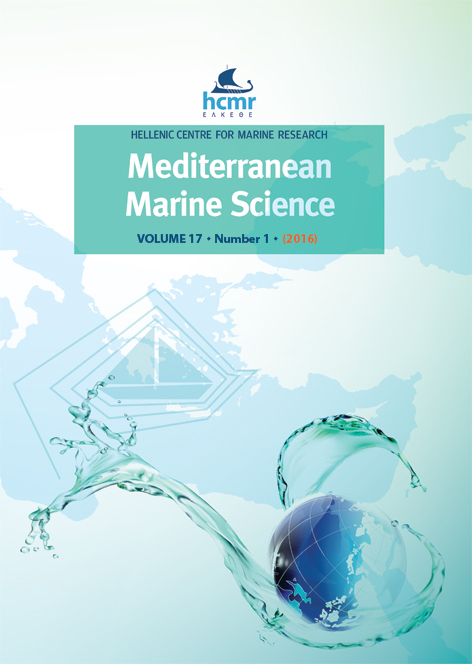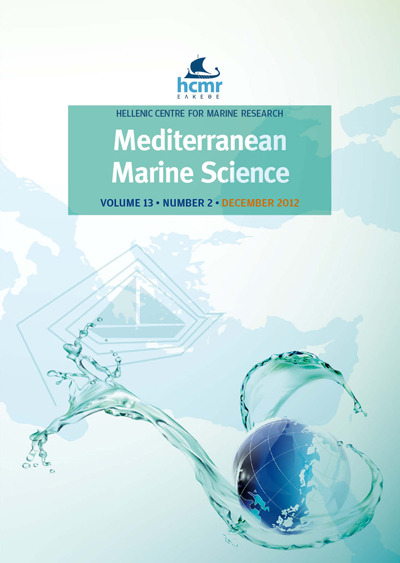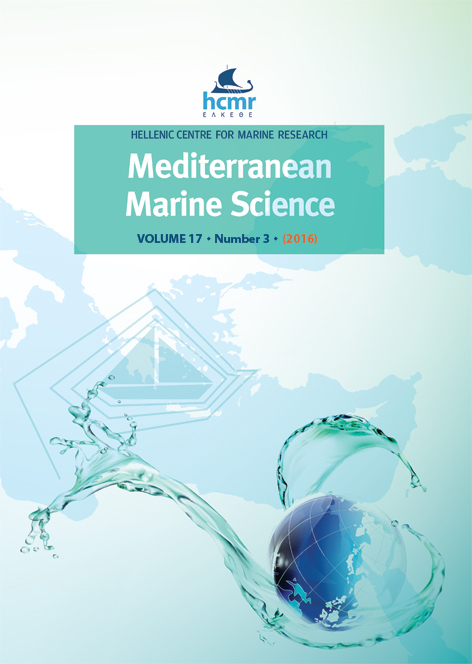Polychaetes from the northern part of the Sea of Marmara with the description of a new species of Polydora (Annelida: Polychaeta: Spionidae)

Abstract
Soft-bottom material collected from the northern part of the Sea of Marmara (off Küçükçekmece) included a total of 67 species belonging to 24 polychaete families. Three species (Brania pusilla, Lysidice cf. margaritacea and Sabellaria spinulosa) are new records for the Sea of Marmara. Three alien species (Polydora cornuta, Prionospio pulchra and Pseudopolydora paucibranchiata) were found at the shallow-water stations. Different polychaete assemblages occurred in the area and the mud percentage of sediment and salinity were the main factors related to their distribution. A new Polydora species, which is mainly characterized in having brownish pigmentation solely on the antero-dorsal sides of the body, and falcate major spines with only a bulge (anterior ones) or with a bulge and a small tooth, is described.
Article Details
- How to Cite
-
ÇINAR, M. E., DAĞLI, E., ÇAĞLAR, S., & ALBAYRAK, S. (2015). Polychaetes from the northern part of the Sea of Marmara with the description of a new species of Polydora (Annelida: Polychaeta: Spionidae). Mediterranean Marine Science, 16(3), 524–532. https://doi.org/10.12681/mms.1226
- Issue
- Vol. 16 No. 3 (2015)
- Section
- Research Article
Authors who publish with this journal agree to the following terms:
- Authors retain copyright and grant the journal right of first publication with the work simultaneously licensed under a Creative Commons Attribution Non-Commercial License that allows others to share the work with an acknowledgement of the work's authorship and initial publication in this journal.
- Authors are able to enter into separate, additional contractual arrangements for the non-exclusive distribution of the journal's published version of the work (e.g. post it to an institutional repository or publish it in a book), with an acknowledgement of its initial publication in this journal.
- Authors are permitted and encouraged to post their work online (preferably in institutional repositories or on their website) prior to and during the submission process, as it can lead to productive exchanges, as well as earlier and greater citation of published work (See The Effect of Open Access).







